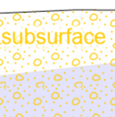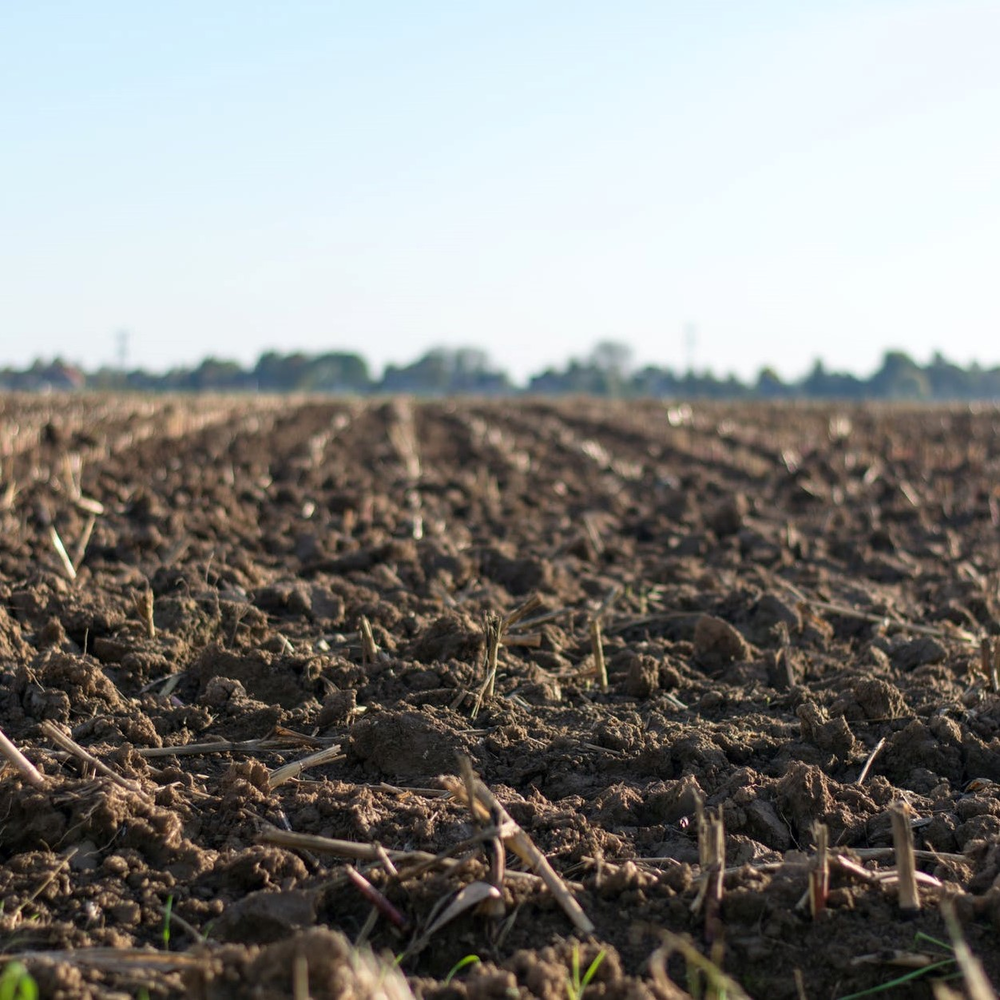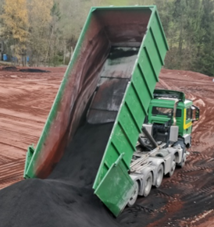Nano-enabled product release rates and routes: Leaching
In their end-of-life phase in landfills, ENMs or their transformation products may be released from the waste (municipal solid waste or ashes thereof, sewage sludge ash etc.) by water (from rain or other waste constituents) that percolates through the landfill. This release is called leaching, defined as the detachment of a particulate material and/or the release of dissolved/complexed forms of its constituents from a solid phase into a mobile liquid phase that percolates through the solid phase.
After reaching the soil, leachates potentially containing ENMs might continue percolating until reaching groundwater. Therefore, potential ENMs emission to the environment from the landfill, in this case to soil and water, should be taken into consideration. This page explores some aspects of measurement of ENM release by leaching. Many more details can be obtained from NanoFASE Report D4.2 (Release estimates inventory).
|
|
Released to |
|
|
Groundwater |
|
|
Release rates and amounts |
Occurs in |
|
Comparing nano-enabled products in terms of their ENM release rates and quantities is rather difficult due to the number of factors affecting release during leaching. Such factors may include:
|
|
Release forms |
|
|
As in the case of release rates and amounts, the release forms are highly dependent on the starting product and the conditions to which it is submitted. The most common release forms are those indicated in the blue sidebar. |
ENM forms observed at release: Ionic form, free ENMs, ENM aggregates, ENMs embedded in the product |
Measurement procedure |
|
|
In NanoFASE, leaching release experiments for textiles were performed following a standardized Spanish norm specifically designed for leaching tests (UNE-EN 12457). The literature includes studies following a standardized procedure from the United States Environmental Protection Agency (EPA): Test Method 1311. After the experiments, the leaching solutions were collected and characterized in order to determine the release forms.
|
Read more |
Read also |
|
Consult the NanoFASE Library to read: NanoFASE Report D4.2 Release estimations during ENMs and nano-enabled products value chain |
EN 12457-4: Characterisation of waste. Leaching. Compliance test for leaching of granular waste materials and sludges. Part 4: One stage batch test at a liquid to solid ratio of 10 l/kg for materials with particle size below 10mm, 2003. EPA, 1992. Test Method 1311: Toxicity characterization leaching procedure. Washington DC. Koivisto, A.J., Jensen, A.C.Ø., Kling, K.I., Nørgaard, A., Brinch, A., Christensen, F., and Jensen, K.A., 2017. Quantitative material releases from products and articles containing manufactured nanomaterials: Towards a release library. NanoImpact, 5, 119–132. Limpiteeprakan, P. and Babel, S., 2016. Leaching potential of silver from nanosilver-treated textile products. Environmental Monitoring and Assessment, 188 (3), 1–12. Mitrano, D.M., Limpiteeprakan, P., Babel, S., Nowack, B., Cheever, B., Frost, P.C., Xenopoulos, M.A., Hintelmann, H., Metcalfe, C.D., and Thiel, S., 2016. Durability of nano-enhanced textiles through the life cycle: releases from landfilling after washing. Environ. Sci.: Nano, 3 (2), 375–387. |
Contact
 Socorro Vázquez
Socorro Vázquez
LEITAT Technological Center
Barcelona, Spain
Email: svazquez@leitat.org

Vicenç Pomar-Portillo






